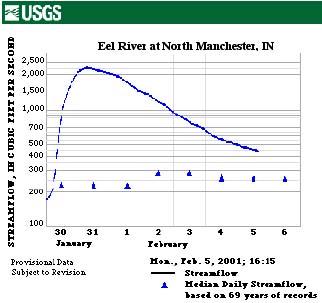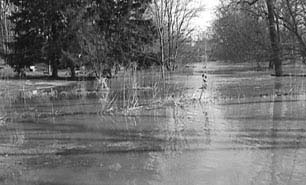| ing if we can hope to save this site as a worthy historical spot. We welcome advice and help in any form to assist in preserving it in workable condition for the future. As our Society continues to meet, more and more suggested items of interest and concern are presented. Most societies meet quarterly, semi-annually or annually. A closer and more frequent contact with our membership as a whole produces a more interested and active group than is evidenced in other communities. Thus far, this is a very receptive organization which accepts both advice and criticism with equal consideration. It is our hope that these undertakings can all be successful realities and that more interested people see fit to join themselves with our membership. We welcome all members of the family to join and attend our monthly meetings on the first Monday of each month. The requirements for membership are simply that anyone be over 7 years of age with an interest in making our town a better, more beautiful and more prosperous place in which to live. Anyone interested in joining our ranks should know that membership fee is $l.00 per year or $5.00 for sustaining membership and most important of all LIFE MEMBERSHIP for $100.00. (Amounts have changed several times through the years) As representative of the Historical Society we have welcomed the opportunity to review our brief history, our objectives and goals, and our hopes for the future. This is really not OUR Society it is yours, also, since we strive to work for the betterment of our entire citizenry. We might add, that when you carry on your two-day pick-up program each year if you see any throw-away items which could qualify as antique or collectibles REMEMBER the Society is collecting now and will be collecting from now on. Thank you for this opportunity to present this information to you and for your very kind attention. ********************************* Editors Note: This is true once again as it was it 1974. Check out the news flash on page fourteen. Finally the Society has room to begin collecting once again! | 

